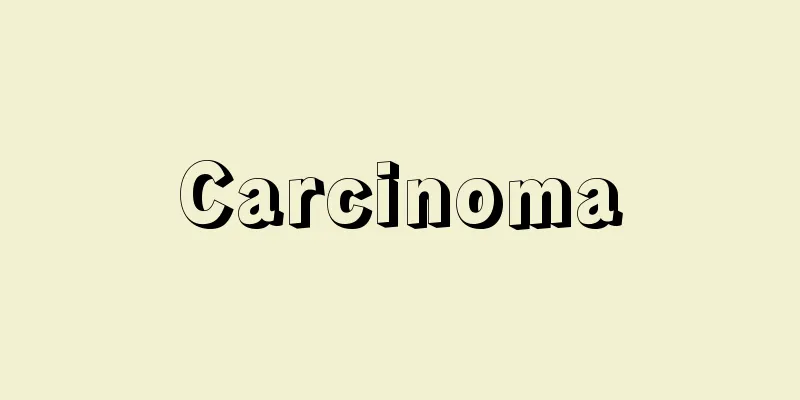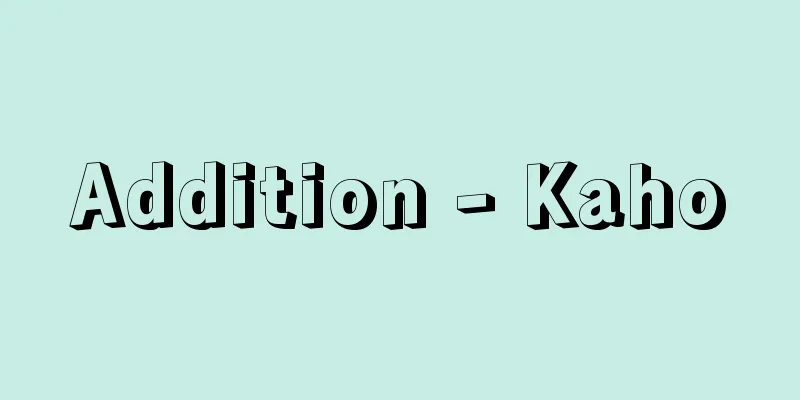Sarod

|
A North Indian lute-like plucked instrument. A solo instrument in Hindustani music. It is thought to have originated from the West Asian rabab, but the shape and playing style are unique to India, with a metal plate or a bell attached to the neck and a dozen or so sympathetic strings stretched under the main strings. Its tone is more subdued than that of the sitar, a plucked instrument with the same metal strings, but it can produce a deep, mellow sound. Source : Heibonsha Encyclopedia About MyPedia Information |
|
北インドのリュート属撥弦楽器。ヒンドゥスターニー音楽の独奏楽器。西アジアのラバーブに起源があると考えられているが,棹の部分に金属板やふくべが取り付けられ,主要弦の下側に十数本の共鳴弦が張られたりして,形状も奏法もインド独特のものになっている。同じ金属弦をもつ撥弦楽器のシタールに比べて音色は地味であるが,深くまろやかな響きを出すことができる。
出典 株式会社平凡社百科事典マイペディアについて 情報 |
>>: Sarraute - Nathalie Sarraute
Recommend
Keikai - Kyokai
Year of birth: Year of birth and death unknown. A ...
Pyramidal tract - Pyramidal
The pyramidal tract is a nerve pathway that contr...
Cremona, L. (English spelling) CremonaL
…He was later elected president of the Accademia ...
Kampmann, H.
…Steuns, a church memorial painter who did not be...
Kamalakara - From Kamalakara
…The mathematics of ancient Mesopotamia, Egypt, a...
Prayaga (English spelling)
…It is located in the center of the Indian plains...
Couture
…[Motoo Endo] [Shinichi Suzuki] [Western] General...
mirepoix
...It is often used in beef stew and other stewed...
North-West Frontier Province
A province in the northwest of Pakistan. Its area ...
Mistletoe - Oobayadorigi
An evergreen, semi-parasitic woody plant of the fa...
Conant, James Bryant
Born March 26, 1893 in Dorchester, Massachusetts [...
Dongjiaominxiang (English: Dongjiaomin Lane)
The name of the eastern area within Zhengyangmen G...
miliaria profunda (English spelling) miliaria profunda
…(2) Miliaria rubra This is the usual type of hea...
Mulching - Shikikusa (English spelling)
When cultivating crops, wild green grass or dried ...
Ul'yanov, Aleksandr Il'ich
Born: April 12, 1866, Nizhny Novgorod [Died] May 2...









